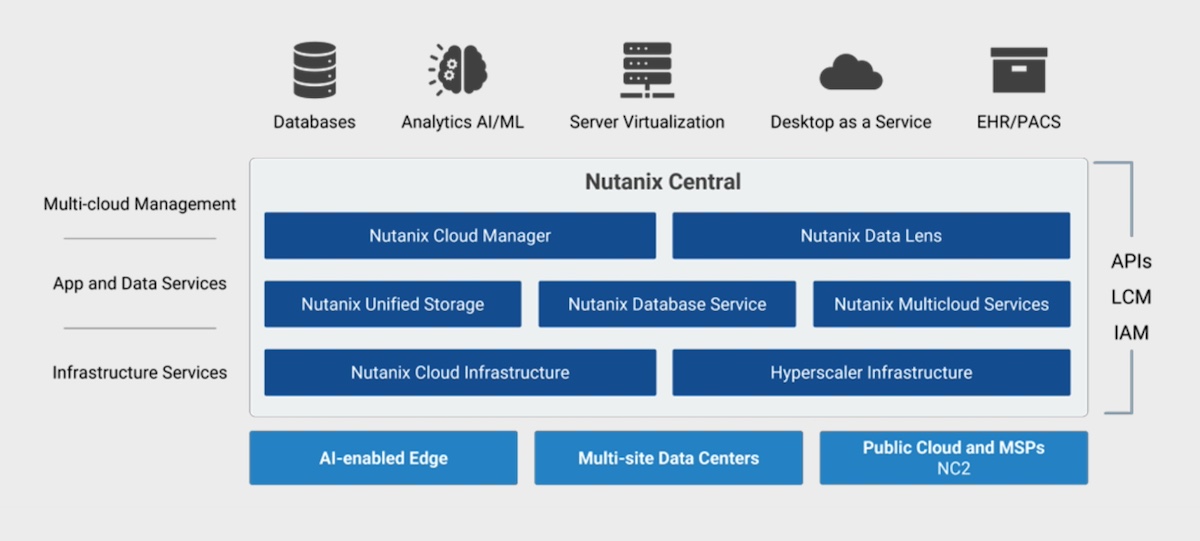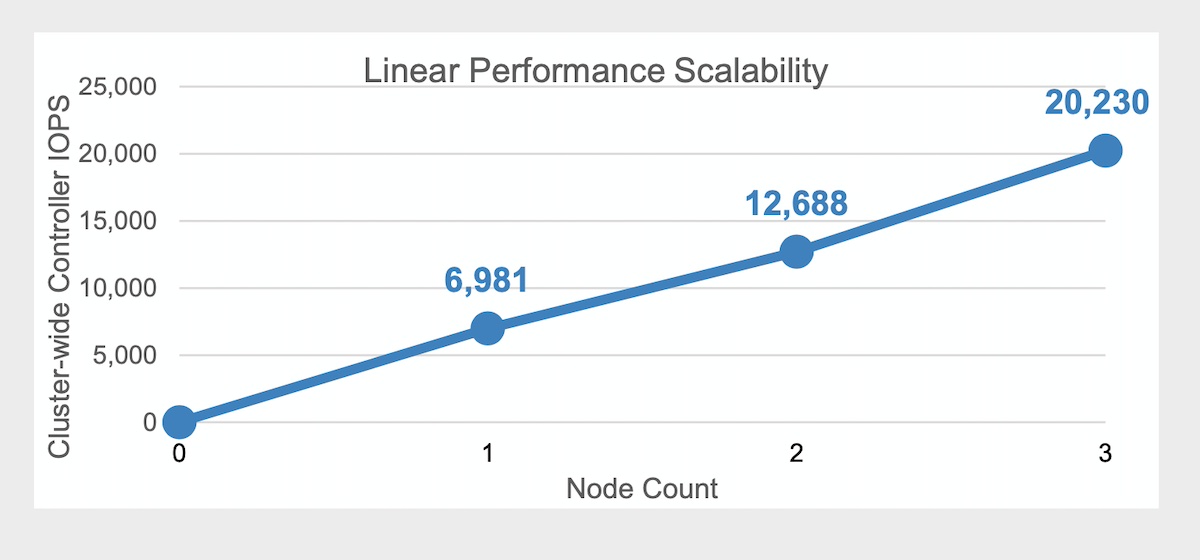Nutanix and AMD ‒ Better Together
Craig Ledo, Senior IT Validation Analyst
Challenges
TechTarget’s Enterprise Strategy Group research shows that infrastructure modernization strategies are designed to ease a wide range of issues inherent in legacy infrastructure deployments, but even as these strategies mature, challenges persist. On the system side, organizations are most likely to experience both file-related (33%) and block-related (35%) challenges when integrating storage with broader IT management and automation platforms and tools. Performance also ranks as a top challenge with 29% file-related and 34% block-related, which suggests that performance challenges may be taking on a new dimension (see Figure 1).1 This reiterates the challenges that organizations face as their data continues to grow and proliferate throughout a growing number of on-premises and off-premises locations across the core data center, public cloud, and edge.
1 Source: Enterprise Strategy Group Research Report, Navigating the Cloud and AI Revolution: The State of Enterprise Storage and HCI, March 2024.Nutanix and AMD
The combination of Nutanix Unified Storage and AMD compute power is well suited to support on-premises environments, hybrid, multi-cloud IT, and AI workloads. The Nutanix Unified Storage solution provides software-defined storage unifying file, object, and block storage. In addition, as data growth continues, organizations are looking for more modern performant and scalable storage solutions like the Nutanix Unified Storage platform, which can also run applications in the cloud. The Nutanix Unified Storage solution provides capabilities to extend workloads to public clouds, allowing hybrid cloud operators to burst or migrate applications across clouds without rearchitecting or retooling for each environment. Nutanix with AMD provides some key benefits, including sustainability, performance, security, time to value, and app and data capabilities.

Enterprise Strategy Group Technical Validation Highlights
Enterprise Strategy Group validated how Nutanix and AMD demonstrated near-linear scaling performance. Specifically, we validated the MLPerf storage benchmark using Nutanix/AMD hardware. The MLPerf benchmark simulates a type of modern high-performance application (e.g., AI/ML) using GPU accelerators and measures how fast storage systems serve training data. Specifically, this benchmark focuses on the storage aspects of accelerator-emulated ML training and highlights the growing importance of GenAI and storage. The key here is to keep the GPUs busy by feeding them large quantities of data (e.g., high read throughput), and this needs to be at a fairly low latency.
Enterprise Strategy Group also validated that the AMD solution performs very well by scaling linearly in throughput the average throughput response time reported by the CVMs staying low (averaging 1-2 ms). This test demonstrated that the linear scalability is expected to go well beyond three nodes.

Conclusion
The combination of Nutanix software and AMD compute power is appropriate for on-premises environments, hybrid, multicloud IT, and AI workloads. In addition, Nutanix and AMD are driving the benefits of AI with a broad portfolio of high-performance products and solutions across data center, edge, and cloud environments.
Nutanix and AMD continue to expand the boundaries of what is possible by not only adopting cutting-edge technology but also providing software enhancements that take advantage of it, satisfying the performance requirements and expectations of the most performance-demanding applications.
Read the full Technical Validation here.
©TechTarget, Inc. or its subsidiaries. All rights reserved. TechTarget, and the TechTarget logo, are trademarks or registered trademarks of TechTarget, Inc. and are registered in jurisdictions worldwide. Other product and service names and logos, including for BrightTALK, Xtelligent, and the Enterprise Strategy Group might be trademarks of TechTarget or its subsidiaries. All other trademarks, logos and brand names are the property of their respective owners.
Information contained in this publication has been obtained by sources TechTarget considers to be reliable but is not warranted by TechTarget. This publication may contain opinions of TechTarget, which are subject to change. This publication may include forecasts, projections, and other predictive statements that represent TechTarget’s assumptions and expectations in light of currently available information. These forecasts are based on industry trends and involve variables and uncertainties. Consequently, TechTarget makes no warranty as to the accuracy of specific forecasts, projections or predictive statements contained herein.
Any reproduction or redistribution of this publication, in whole or in part, whether in hard-copy format, electronically, or otherwise to persons not authorized to receive it, without the express consent of TechTarget, is in violation of U.S. copyright law and will be subject to an action for civil damages and, if applicable, criminal prosecution. Should you have any questions, please contact Client Relations at cr@esg-global.com.